Baseball is not just a pastime; it’s a cornerstone of American culture. While it might not seem as physically demanding as some other sports, baseball requires a unique blend of strength, agility, and endurance. To excel in baseball, players must not only have a deep understanding of the game but also maintain peak physical condition. This article delves into the fitness aspects of American baseball, offering a comprehensive guide to the physical requirements of the sport and how to achieve them.
Table of Contents
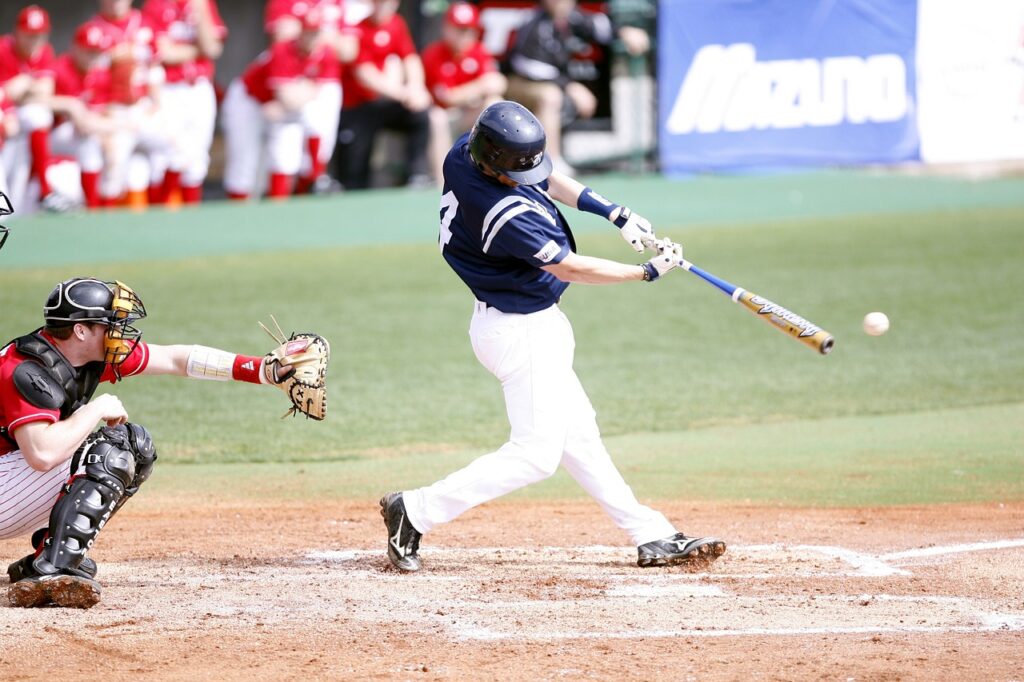
1. The Physical Demands of Baseball
Baseball is a sport that requires a combination of anaerobic and aerobic fitness. Unlike continuous sports such as soccer or basketball, baseball involves short bursts of intense activity followed by periods of rest. This unique pattern demands a well-rounded fitness regimen.
- Strength and Power: Baseball players, especially pitchers and hitters, need significant upper body strength. A powerful swing or pitch is rooted in strong muscles in the shoulders, chest, arms, and core. Lower body strength is equally important for generating power and stability.
- Speed and Agility: Speed is crucial for base running, fielding, and reacting quickly to plays. Agility allows players to change direction quickly, whether they’re fielding a ground ball or chasing down a fly ball.
- Endurance: While baseball games are not continuous, they can be long, sometimes extending over several hours. Players need endurance to maintain focus and physical performance throughout the game.
- Flexibility and Mobility: Baseball involves a wide range of motion, from pitching to batting to fielding. Flexibility and mobility are key to preventing injuries and enhancing performance.
2. Strength Training for Baseball Players
Strength training is foundational for any baseball player. However, it’s important to focus on functional strength that translates directly to the movements used in the game.
- Upper Body Workouts: Exercises like bench presses, shoulder presses, rows, and push-ups are essential for building the strength needed for powerful throws and swings. Incorporate resistance bands for rotator cuff exercises to maintain shoulder health, crucial for pitchers.
- Lower Body Workouts: Squats, deadlifts, lunges, and calf raises are vital for building the explosive power needed for running and batting. Plyometric exercises such as box jumps can also help improve leg power.
- Core Workouts: A strong core is critical for nearly every movement in baseball. Incorporate exercises like planks, Russian twists, medicine ball throws, and leg raises to build a solid core.
- Periodization: Baseball players should follow a periodized training plan that cycles through different phases: off-season (building muscle and strength), pre-season (increasing power and explosiveness), and in-season (maintaining strength and preventing injuries).
3. Speed and Agility Training
Speed and agility are crucial for both offense and defense. These skills allow players to steal bases, chase down balls, and make quick plays.
- Sprint Training: Incorporate short, intense sprints into your workout routine to improve your explosive speed. Drills like 60-yard sprints, shuttle runs, and base-stealing simulations are effective.
- Agility Drills: Ladder drills, cone drills, and zigzag sprints are excellent for improving footwork and quick directional changes. These drills mimic the quick, reactive movements needed in baseball.
- Plyometrics: Exercises such as jump squats, single-leg hops, and box jumps help build explosive power, which translates to faster sprinting and quicker reactions.
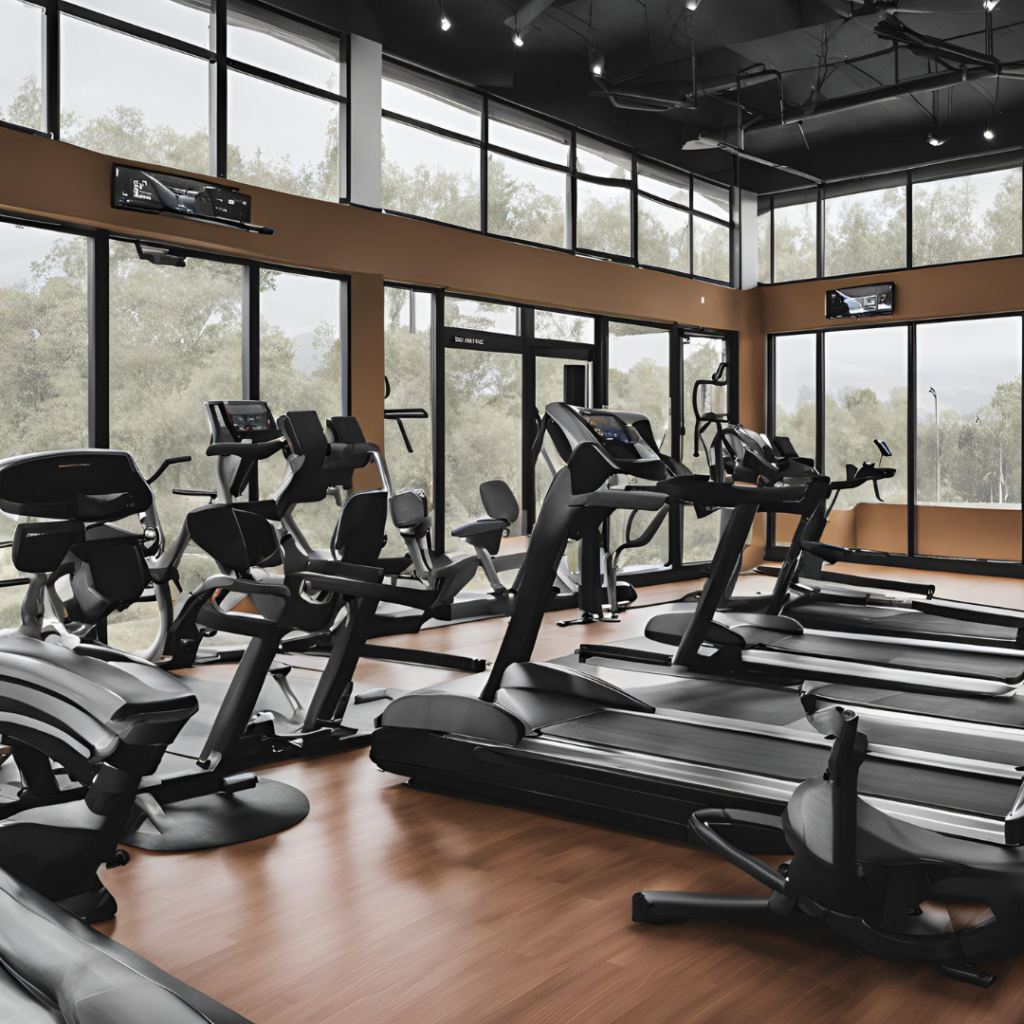
4. Endurance Training
While baseball isn’t a sport of continuous movement, endurance is still essential. Players need to maintain their physical and mental stamina throughout a game, which can last anywhere from two to four hours.
- Cardiovascular Training: Incorporate steady-state cardio, such as jogging or cycling, to build a strong cardiovascular base. Aim for 20-30 minutes of moderate-intensity cardio, three to four times a week.
- Interval Training: To better mimic the stop-and-go nature of baseball, include interval training in your routine. Alternate between periods of high-intensity work (like sprints) and low-intensity recovery (walking or jogging).
- Mental Endurance: Baseball is as much a mental game as it is a physical one. Practices like mindfulness meditation and visualization can help players maintain focus and composure, especially during long games or high-pressure situations.
5. Flexibility and Mobility
Maintaining flexibility and mobility is crucial for injury prevention and optimal performance in baseball. Given the dynamic movements required in the sport, a good range of motion is essential.
- Dynamic Stretching: Before games and workouts, engage in dynamic stretching to warm up the muscles and prepare the body for action. Exercises like leg swings, arm circles, and torso twists are ideal.
- Static Stretching: After games and workouts, static stretching helps to cool down the muscles and improve flexibility. Focus on stretching the hamstrings, quads, shoulders, and back.
- Mobility Drills: Incorporate mobility drills, such as foam rolling and dynamic movements, to keep joints healthy and maintain a full range of motion. Hips, shoulders, and ankles are particularly important for baseball players.
6. Nutrition for Baseball Players
Fueling the body correctly is vital for peak performance in baseball. A well-balanced diet supports strength, endurance, and recovery.
- Macronutrients: Baseball players need a diet rich in protein, carbohydrates, and healthy fats. Protein is crucial for muscle repair and growth, while carbohydrates provide the energy needed for intense bursts of activity. Healthy fats support overall health and hormone production.
- Pre-Game Nutrition: Eat a balanced meal 3-4 hours before a game. Focus on complex carbohydrates (like whole grains and vegetables) and lean protein. Hydration is also key; drink plenty of water leading up to the game.
- In-Game Nutrition: During games, stay hydrated and consider light snacks, such as fruits or energy bars, if the game extends for several hours. Sports drinks can also help replenish electrolytes.
- Post-Game Nutrition: After a game, prioritize protein and carbohydrates to aid in muscle recovery and replenish glycogen stores. A protein shake with a banana is a quick and effective post-game snack.

7. Injury Prevention and Recovery
Injuries can derail a baseball career, so prevention and proper recovery are critical.
- Common Injuries: Shoulder injuries (like rotator cuff tears), elbow injuries (like Tommy John surgery), and hamstring strains are common in baseball. Understanding these risks can help in taking preventive measures.
- Warm-Up and Cool-Down: Always warm up before practices and games to prepare the body and reduce the risk of injury. A proper cool-down after the game helps to ease muscle tension and promote recovery.
- Recovery Practices: Rest days are essential for recovery. Incorporate techniques like foam rolling, massage, and light stretching to aid in muscle recovery. Adequate sleep is also crucial for overall health and performance.
- Injury Management: If you do sustain an injury, follow the RICE method (Rest, Ice, Compression, Elevation) and consult a healthcare professional. Don’t rush back into playing before you’re fully healed.
8. Mental Fitness in Baseball
Mental toughness is just as important as physical fitness in baseball. The sport is often described as a “game of inches,” where focus and mental resilience can make all the difference.
- Focus and Concentration: Develop routines that help you focus, such as deep breathing exercises or visualization techniques. Staying in the moment and not getting distracted by past mistakes or future plays is key.
- Resilience and Confidence: Baseball is a sport of failure, where even the best hitters fail 70% of the time. Building resilience and maintaining confidence, even after setbacks, is crucial.
- Mindfulness and Stress Management: Mindfulness practices can help players manage stress and anxiety, both on and off the field. Techniques such as meditation, deep breathing, and progressive muscle relaxation can enhance mental clarity and composure.
9. Training Programs for Different Positions
Different positions in baseball have varying physical demands, and training programs should reflect these differences.
- Pitchers: Focus on shoulder stability, core strength, and lower body power. Incorporate rotator cuff exercises, plyometrics, and agility drills into your routine. Flexibility and mobility are also crucial to prevent injuries.
- Catchers: Emphasize lower body strength and endurance, as catchers spend a lot of time in a crouched position. Core strength and flexibility are also vital for this position.
- Infielders and Outfielders: Speed, agility, and quick reflexes are essential. Incorporate sprint training, agility drills, and plyometrics into your routine. Strength training should focus on the entire body, with an emphasis on explosiveness.
- Batters: Focus on rotational strength and power, particularly in the core and lower body. Exercises like medicine ball throws and rotational lifts are beneficial. Bat speed drills can also help improve your swing.
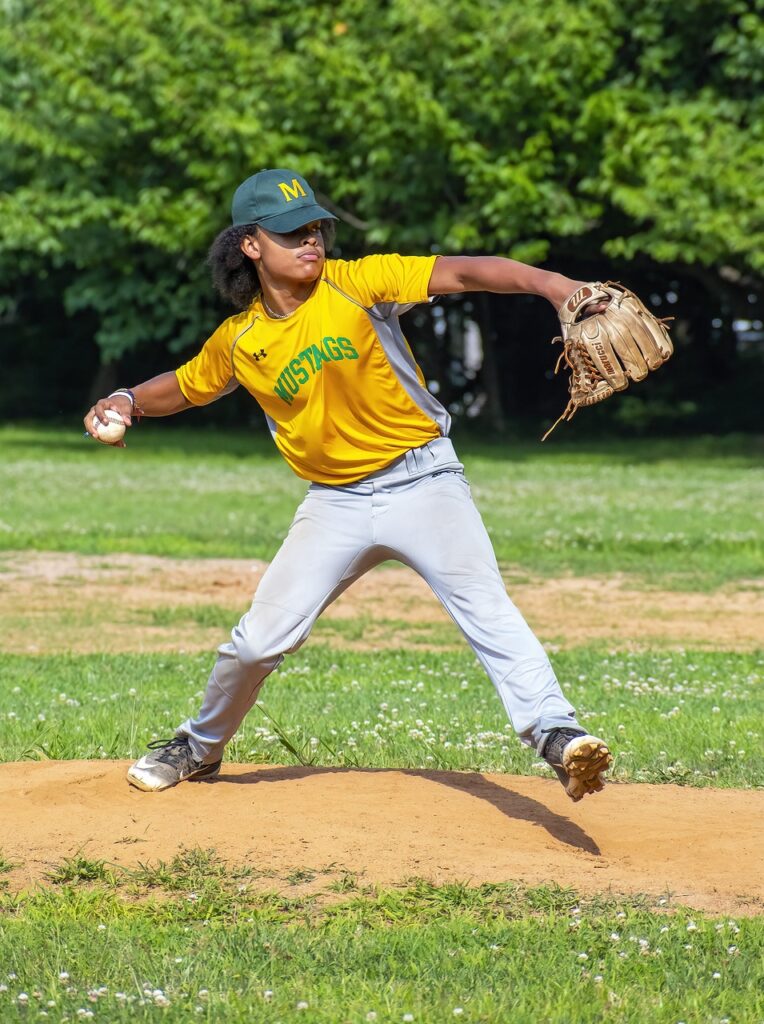
10. The Role of Technology in Baseball Fitness
Technology has revolutionized how athletes train, and baseball is no exception. From wearable fitness trackers to advanced training equipment, technology plays a vital role in modern baseball training.
- Wearables and Trackers: Devices that track heart rate, steps, sleep, and even specific movements can provide valuable data to optimize training and recovery.
- Video Analysis: Analyzing video footage of your swings, pitches, and fielding can help identify areas for improvement. Many tools allow for slow-motion playback, making it easier to spot technical flaws.
- Advanced Equipment: Training tools like pitching machines, swing analyzers, and virtual reality systems can simulate game scenarios, helping players improve their skills in a controlled environment.
Baseball is a sport that demands a unique combination of physical fitness and mental toughness. By following a well-rounded training program that includes strength, speed, endurance, flexibility, and mental conditioning, baseball players can enhance their performance on the field and reduce the risk of injury. Whether you’re a seasoned player or just starting, incorporating these fitness strategies into your routine can help you reach your full potential in America’s favorite pastime.
FAQ: American Baseball and Fitness
How often should a baseball player work out?
During the off-season, players should aim for 4-5 workouts per week, focusing on building strength, speed, and endurance. During the season, 2-3 maintenance workouts per week are sufficient, with an emphasis on injury prevention and recovery.
What is the best diet for a baseball player?
A balanced diet rich in lean protein, complex carbohydrates, and healthy fats is essential. Focus on nutrient-dense foods like lean meats, whole grains, fruits, vegetables, and nuts. Hydration is also crucial, especially on game days.
How can I improve my bat speed?
Improve bat speed through a combination of strength training (focusing on the core and upper body), bat speed drills (like swinging with weighted bats), and technique work. Consistent practice and video analysis can also help refine your swing mechanics.
What are common injuries in baseball, and how can they be prevented?
Common injuries include rotator cuff tears, elbow injuries, and hamstring strains. Prevention strategies include proper warm-ups, strength training (especially for stabilizing muscles), flexibility exercises, and maintaining good throwing mechanics.
How important is mental fitness in baseball?
Mental fitness is critical in baseball, a sport where focus, resilience, and composure can determine the outcome of a game. Mental training should include mindfulness practices, visualization, and stress management techniques to enhance on-field performance.
Can technology really improve my baseball performance?
Yes, technology can be a valuable tool in improving performance. Wearables, video analysis, and advanced training equipment provide data and feedback that can help you refine your skills, optimize your training, and track your progress over time.
How do I maintain my fitness during the baseball season?
In-season fitness should focus on maintenance rather than building. Incorporate light strength training, agility drills, and flexibility work, and prioritize recovery practices like stretching, foam rolling, and adequate rest.
By integrating these fitness principles into your baseball training regimen, you can not only enhance your performance but also enjoy a healthier and more successful career in the sport.

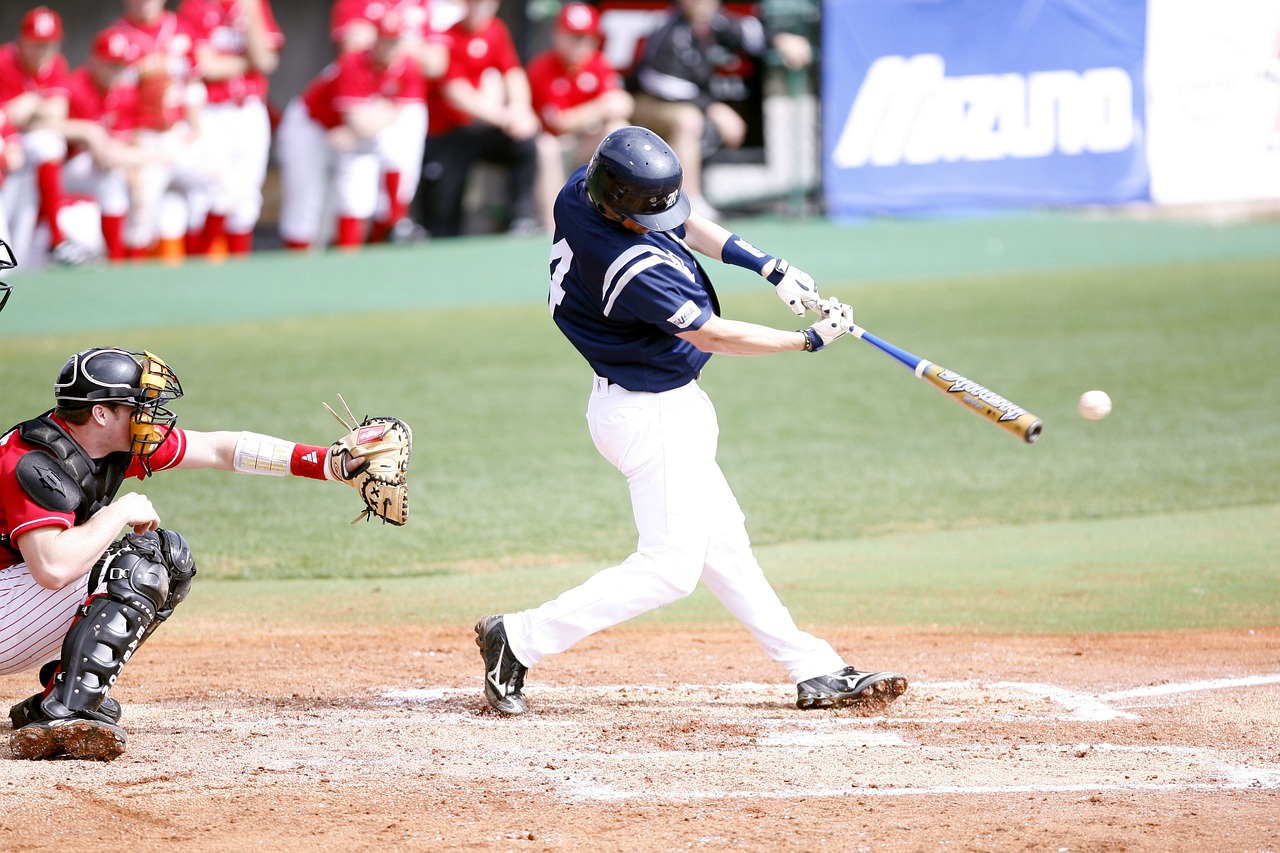




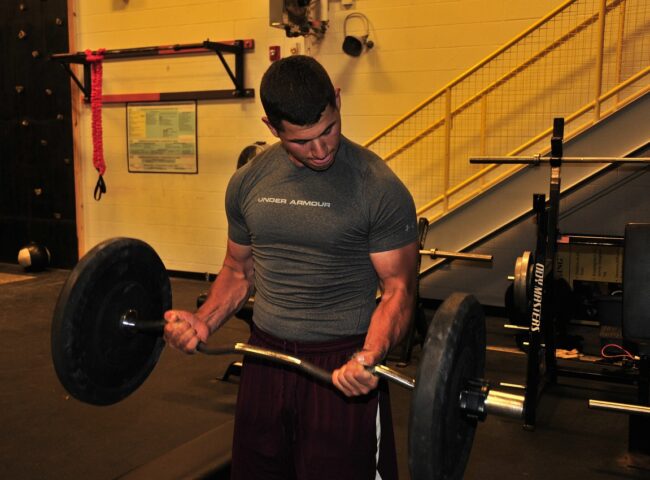
Leave feedback about this